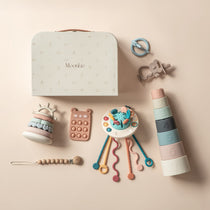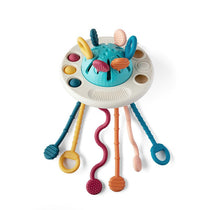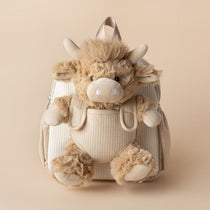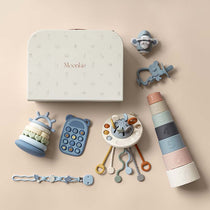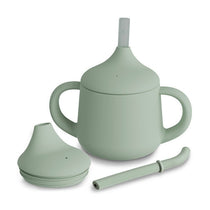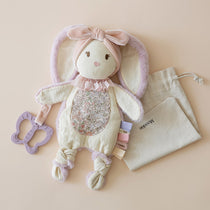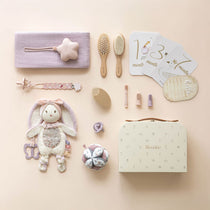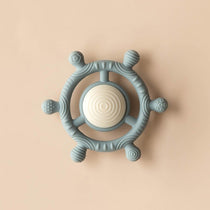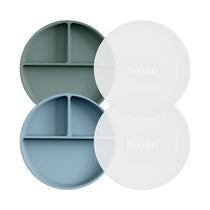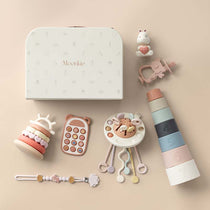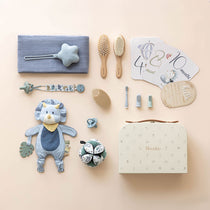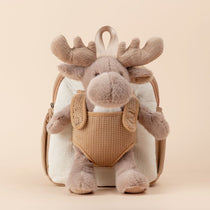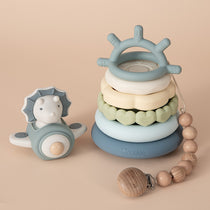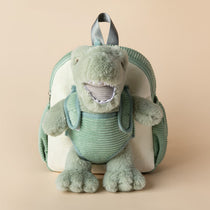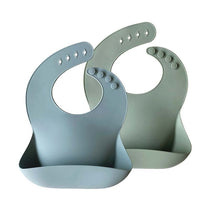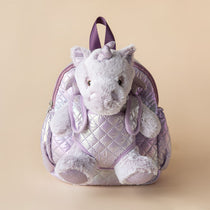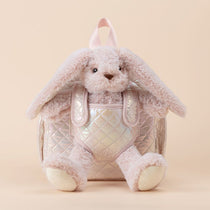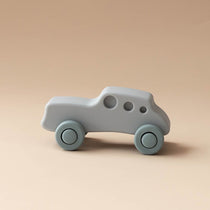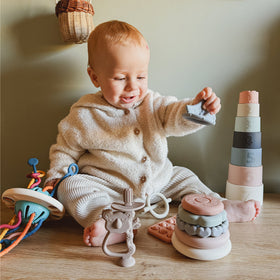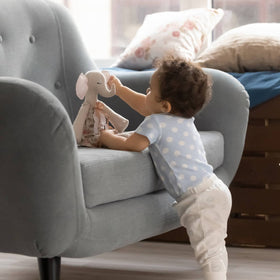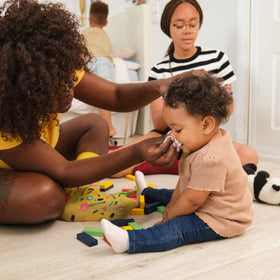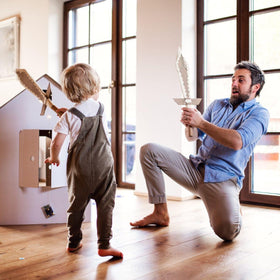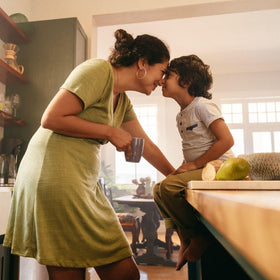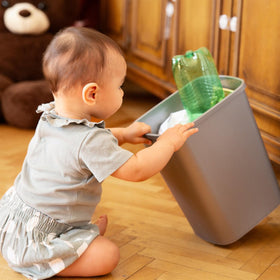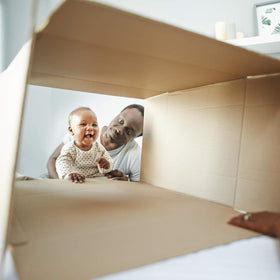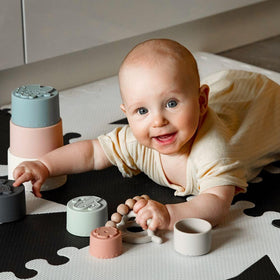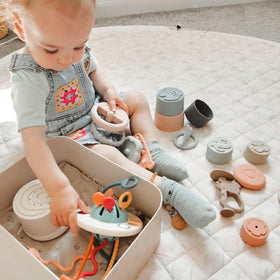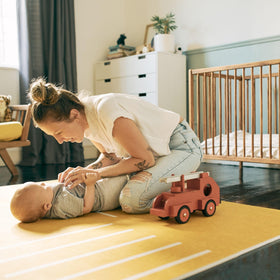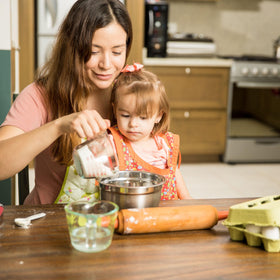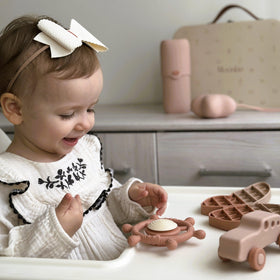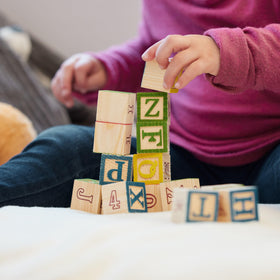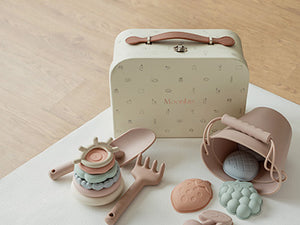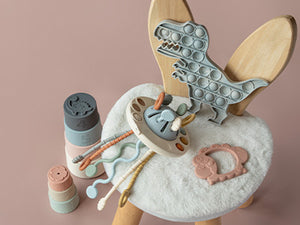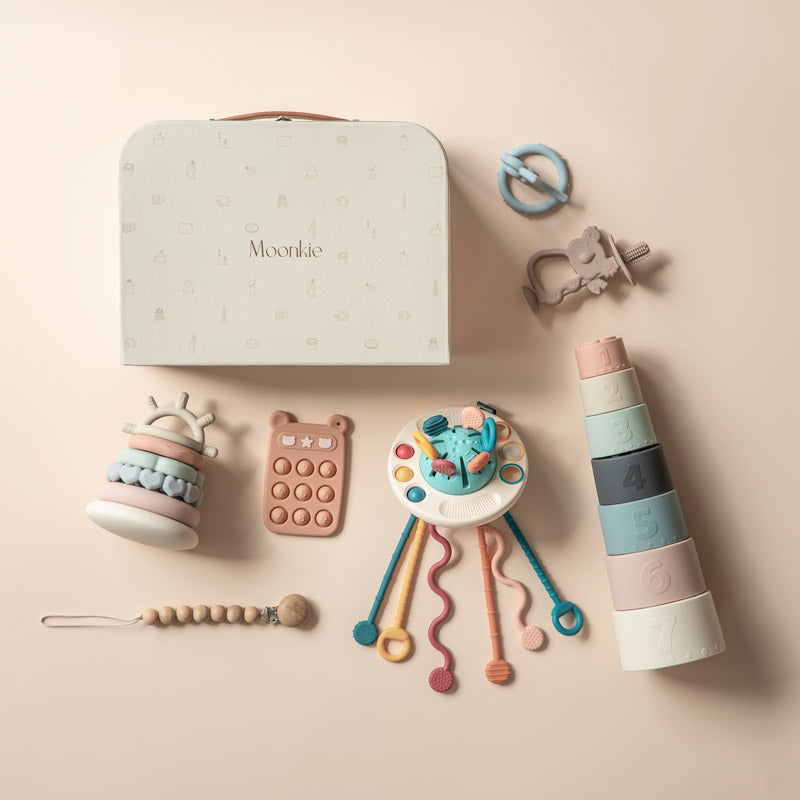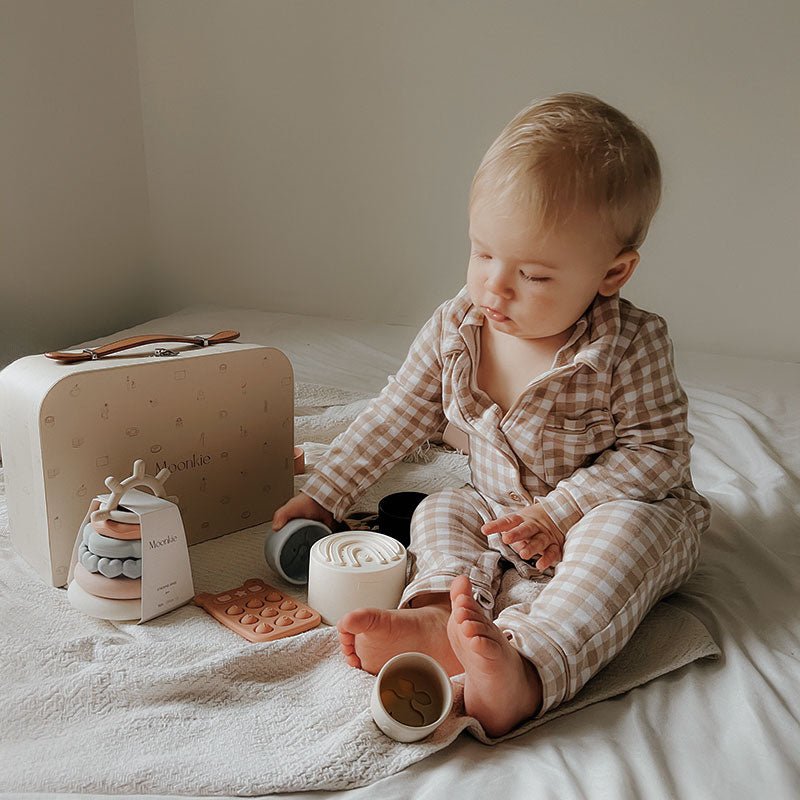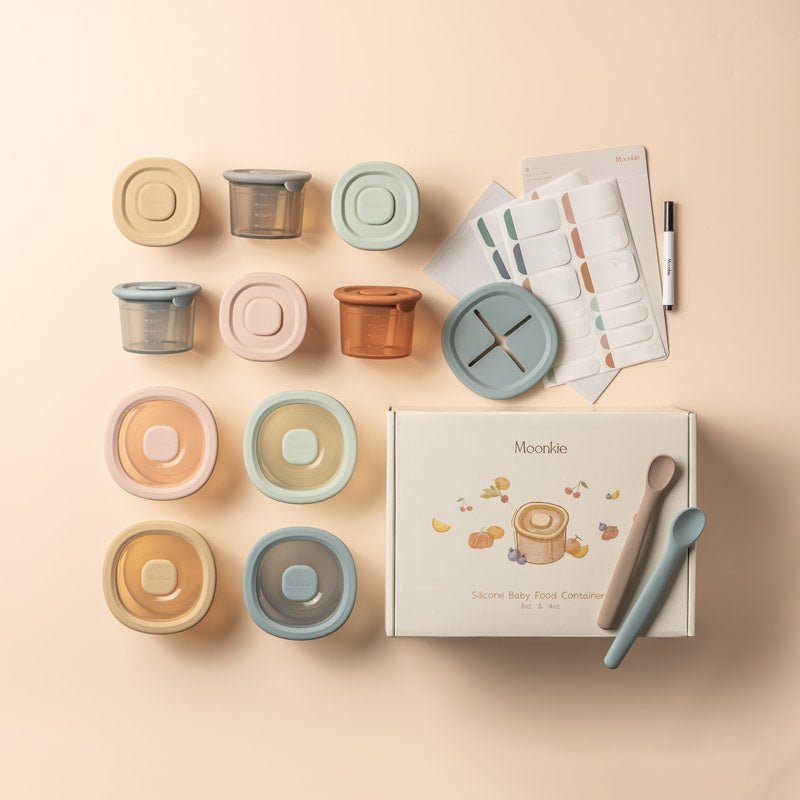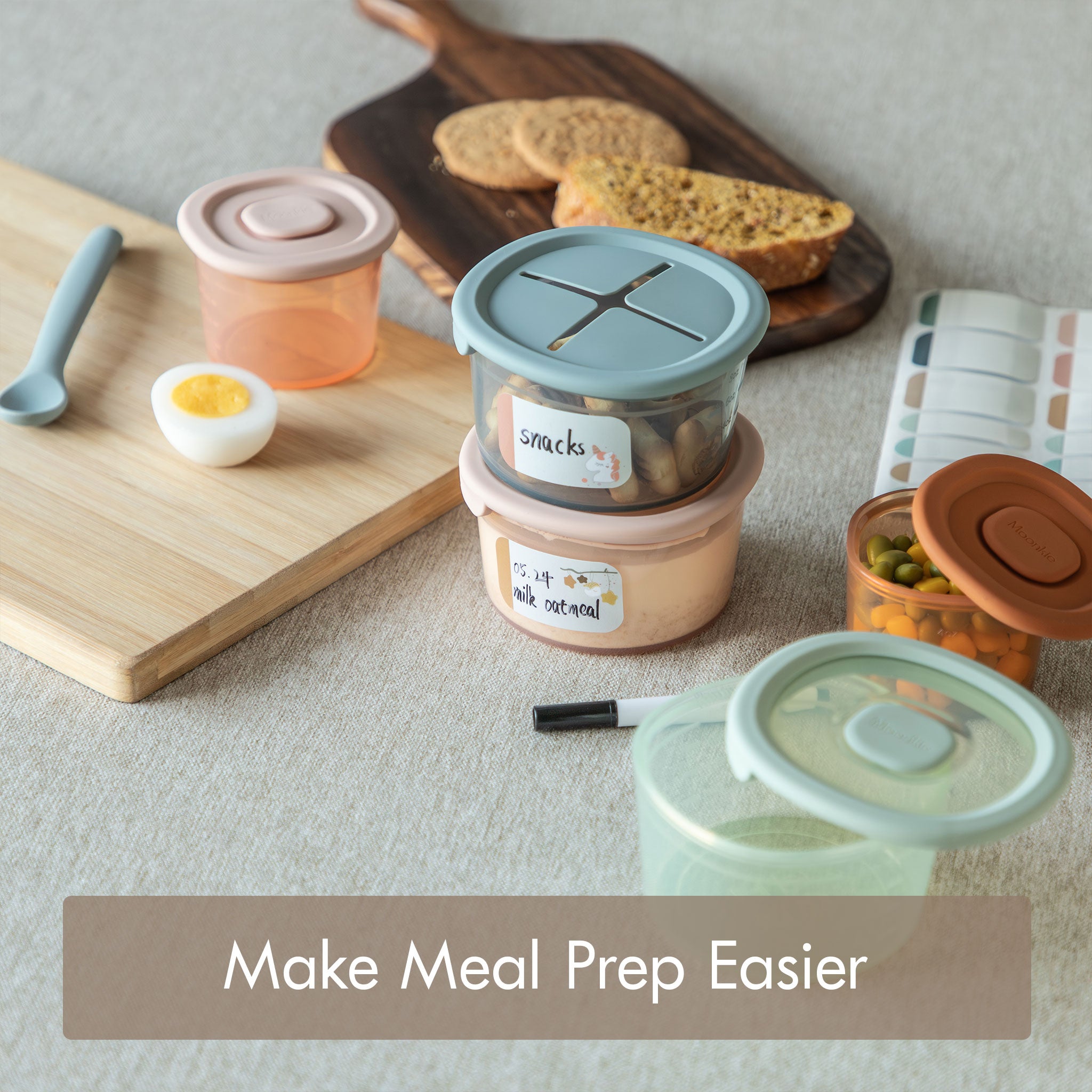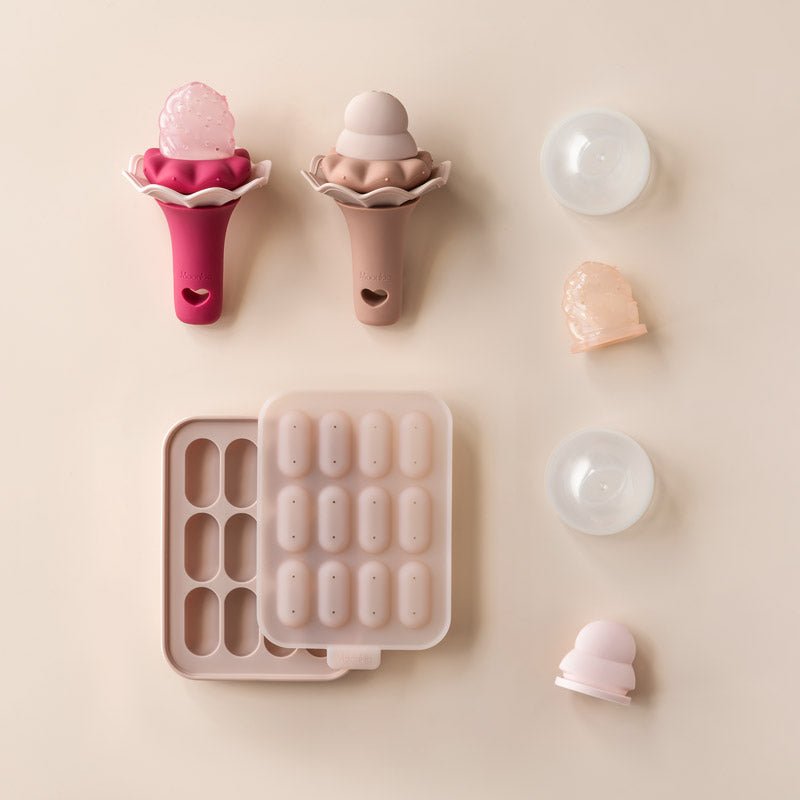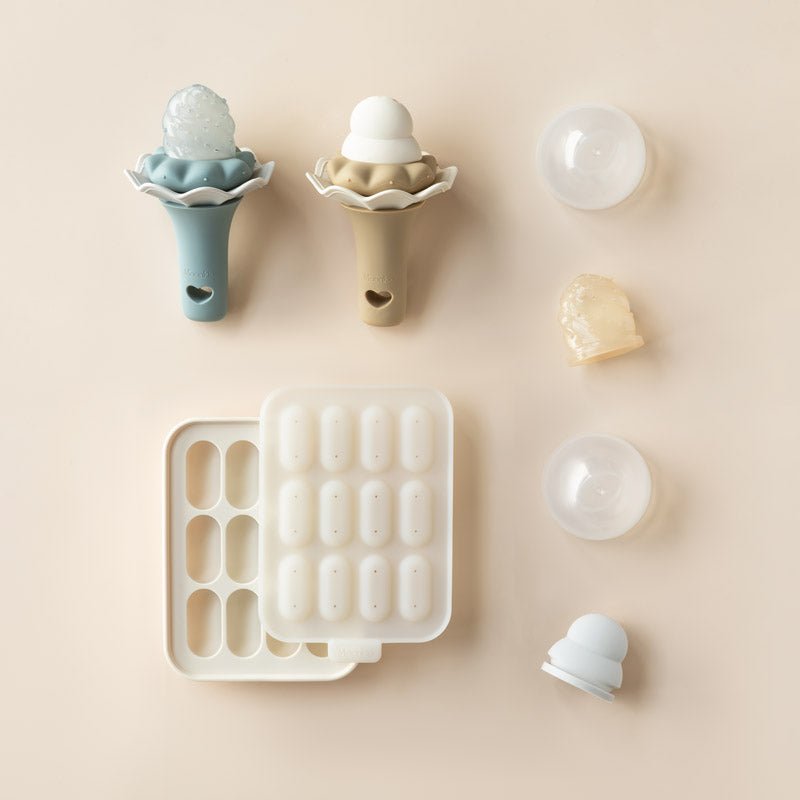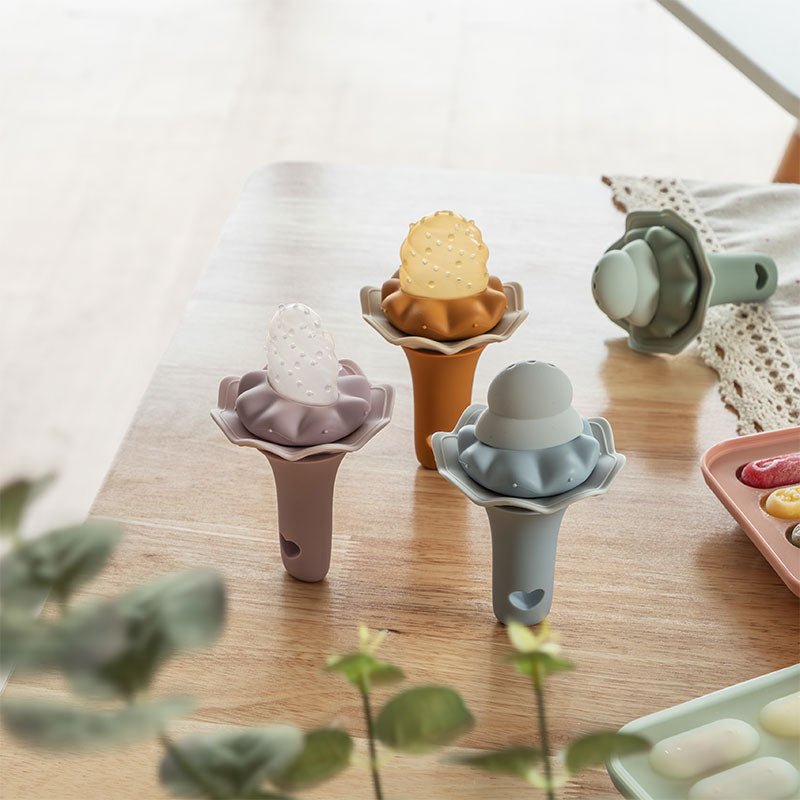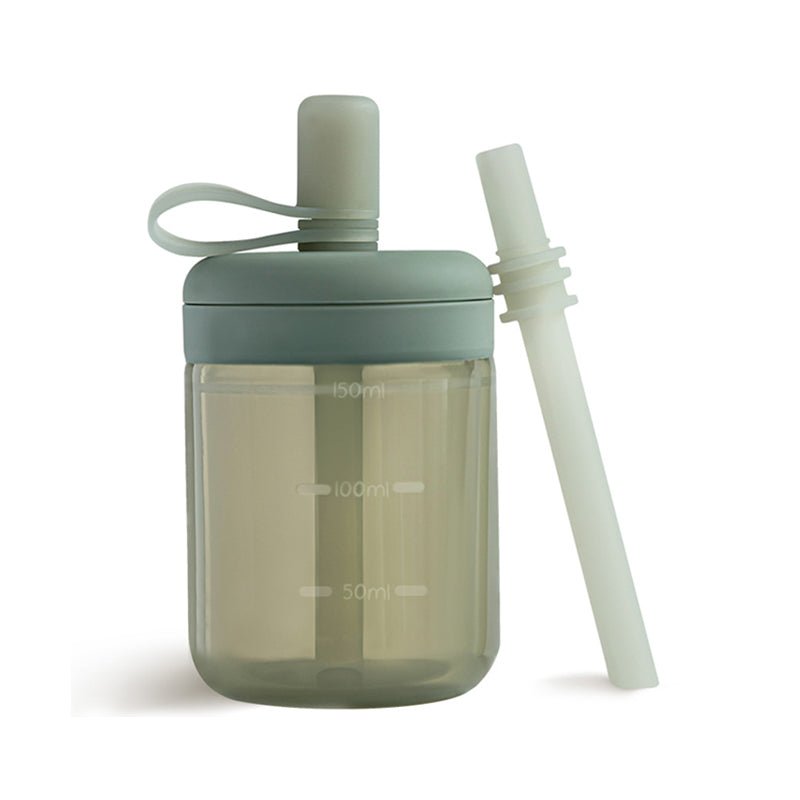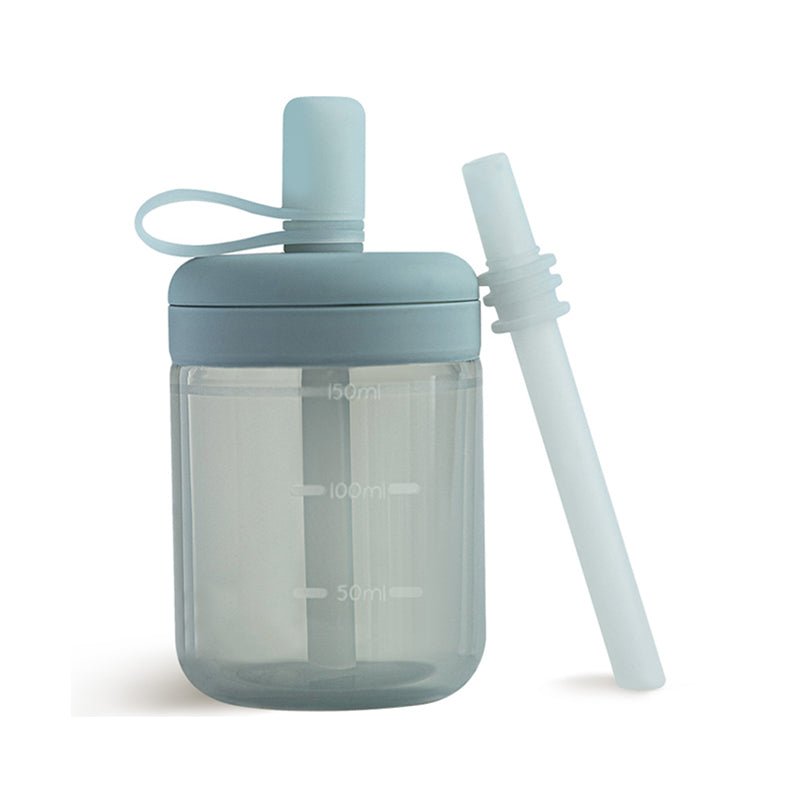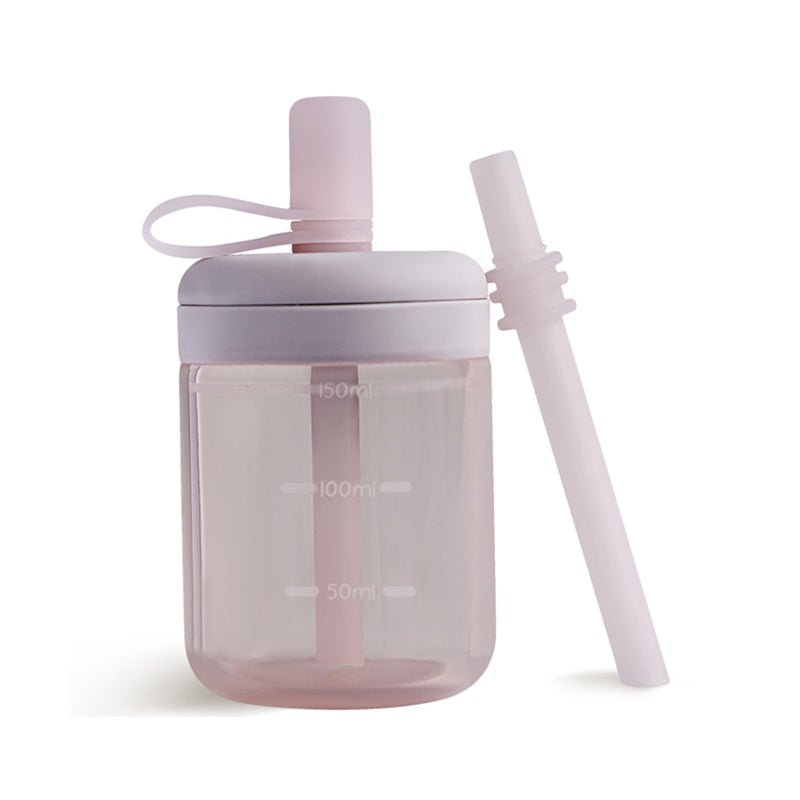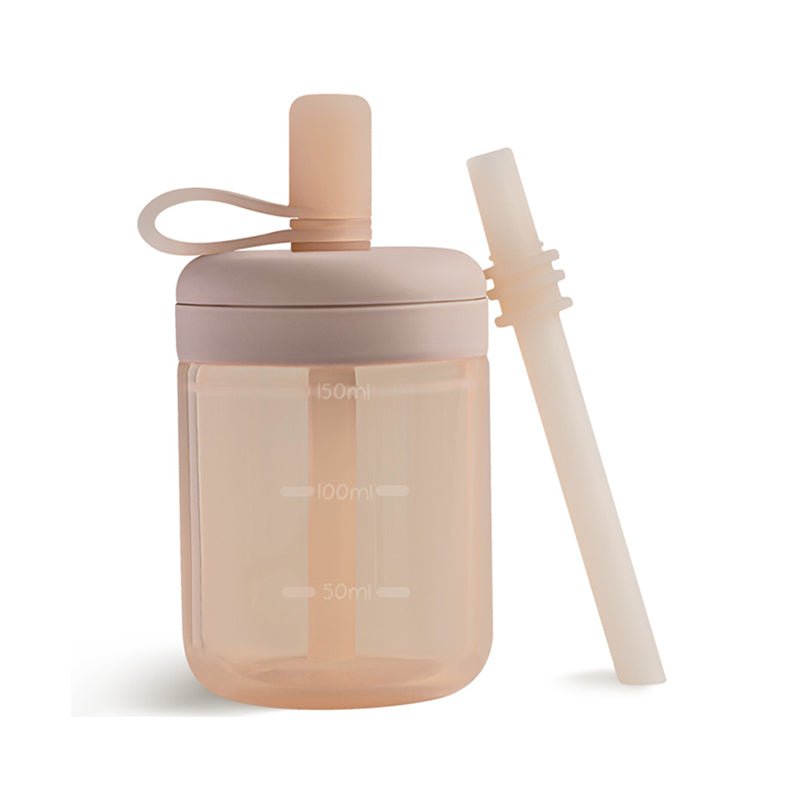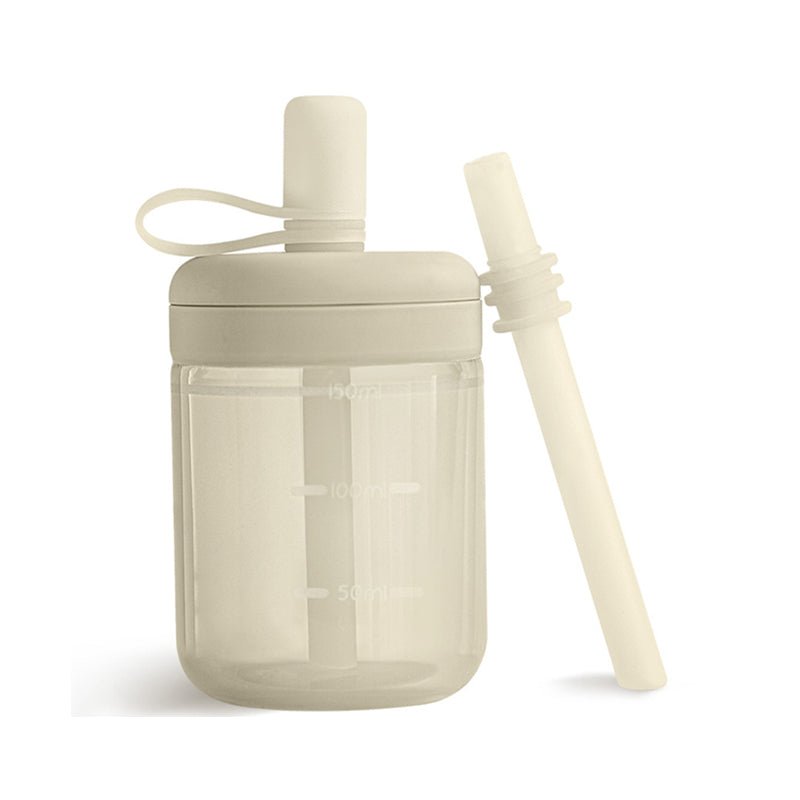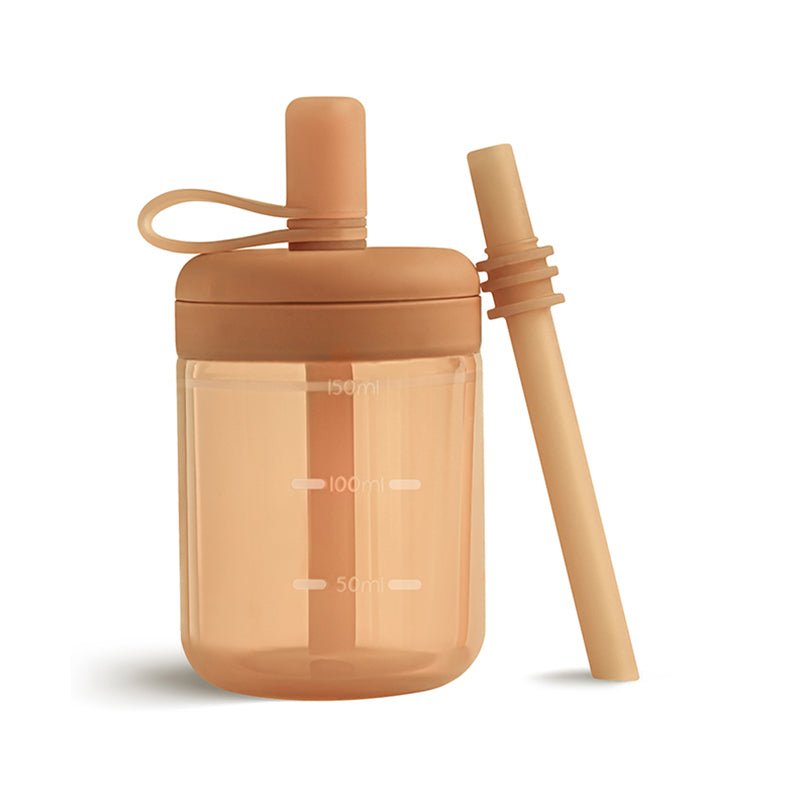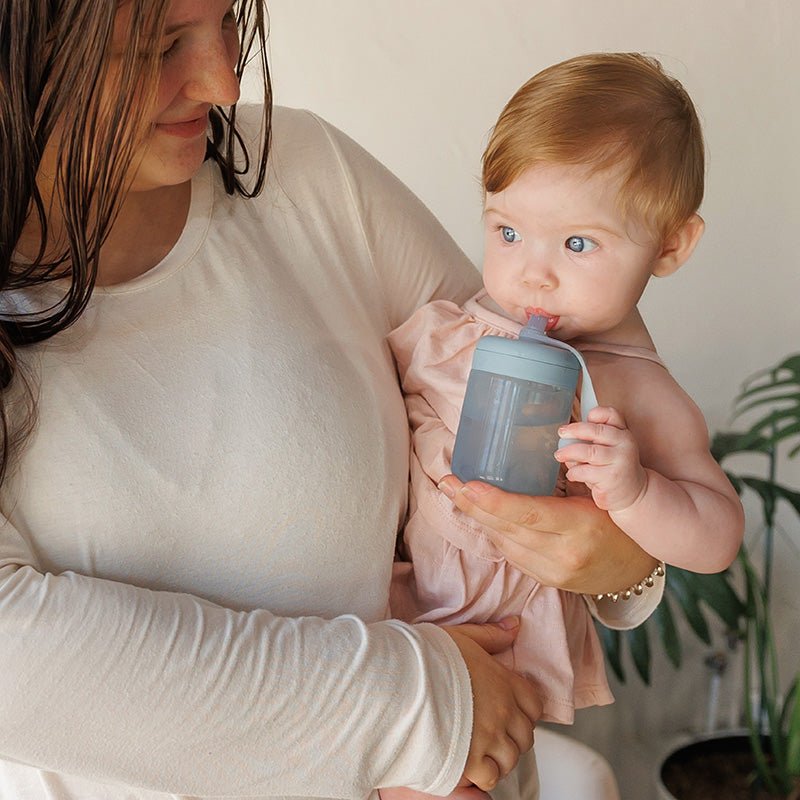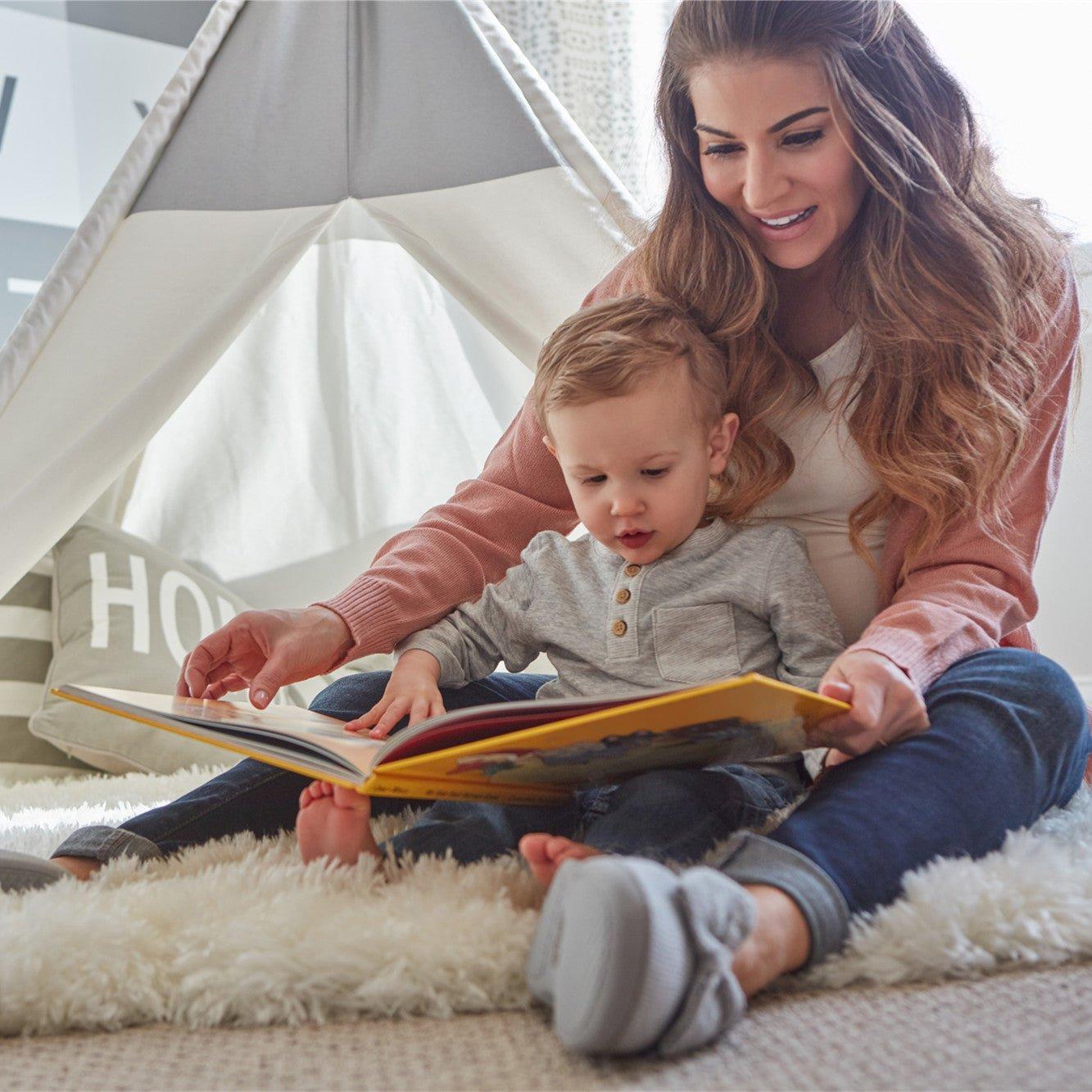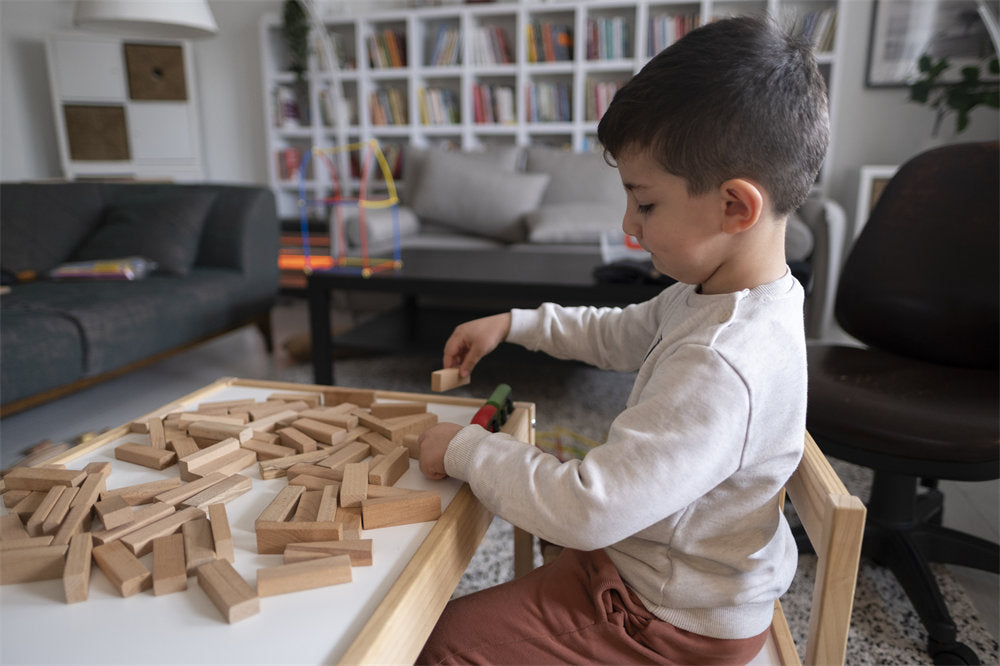 Imagine the scene: a busy parent, juggling work, family, and household responsibilities, hears about the Montessori education philosophy and wonders if it's something they can implement at home. Sound familiar? If so, you're not alone.
Imagine the scene: a busy parent, juggling work, family, and household responsibilities, hears about the Montessori education philosophy and wonders if it's something they can implement at home. Sound familiar? If so, you're not alone.
You can implement Montessori at home, but finding time to research age-appropriate activities, gather materials, and set them up is challenging. Moreover, you've got to find a dedicated space in your home and strike a balance between independence and safety. But it's all doable and worth it!
This article will cover multiple tips and tricks for parents wanting to make Montessori at home happen!
The Genius of Montessori at Home
The Montessori method is a child-centered perspective on learning that emphasizes independence, freedom within limits, and respect for a child's natural development. The underlying philosophy is that children learn best through hands-on experiences and self-directed exploration within boundaries.
This focus develops the whole child for a confident, stable, and adept lifetime. The genius of Montessori at home is that everything your child needs to learn about practical life skills is already there!
At base, doing Montessori-like education at home means involving your little one in everything you do and crafting your family lifestyle in a way that fosters a wide variety of life skills. These skills could be anything usual to life:
breadmaking
gardening
cleaning
organizing
baking
cooking
folding laundry
cleaning the car
canning vegetables
setting the table
sewing
crafting
painting walls or canvases
running a business
caring for animals
taking care of younger children
The list goes on and on. Sure, you've got to adapt these to your child's age and developmental abilities, but you can do that with some time and close supervision.
Children are sponges; they'll soak up whatever knowledge you are willing to slow down and teach them. But that knowledge must be shown more than spoken and broken down into easily digestible nuggets.
4 Things to Keep in Mind for Montessori at Home
Before you go buy child-sized versions of everything in your kitchen, you need to make a plan. Lots of Montessori education at home can be done by letting your child shadow you, ask questions, and participate, but you've got to think about what your child is capable of.
We've boiled all the noise down to four things to keep in mind for doing Montessori at home:
1. Understand Your Child's Developmental Needs
Kids should develop at their own pace, even if that means they develop slower than the local school system says they should develop. We are not saying that means your child can lag behind in reading skills by three years; we mean the activities you choose and the boundaries you set should put your child's abilities first.
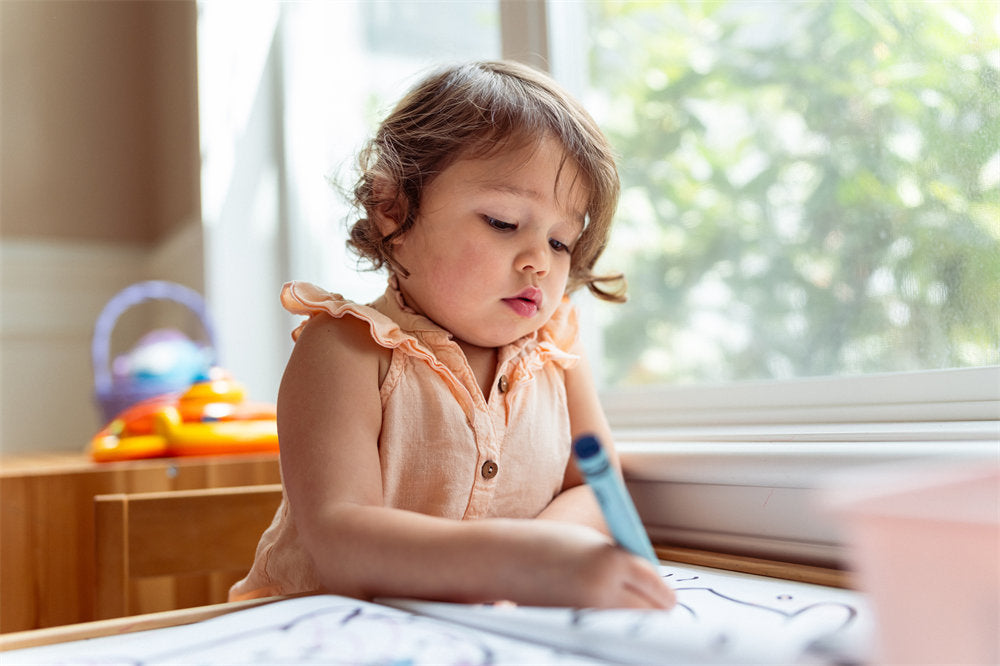
For instance, if your toddler loves reading books with you and even recognizes a handful of sight words, that's fantastic! Nurture that and continue to broaden the topics your toddler reads with you, but don't move up to kindergarten books cold turkey.
Instead, put a few kindergarten-level books on the bookshelf with your toddler's other books where he can reach them. Let him pull them down and look through them as he pleases. Eventually, he will ask to read one, or you can suggest one along with a couple of other options to choose from at his level.
Choosing books at the next level in the topics that get your child most excited is another way to encourage him to explore that level and begin asking to read it with you. For older kids, the logic is the same. Start with topics of interest at the next level, and make yourself available to answer any questions or offer to read them together as a family.
2. Create a Prepared Environment
This one is tough if you have a small living space, but it is crucial for sticking to the Montessori philosophy. A dedicated space for setting up activities is helpful to your little one because it's hers--her place to play, explore, and discover.

As the parent, a prepared environment provides peace of mind:
You know your child is safe.
There is a dedicated place for toys and activities to go.
Your child's expectations for playtime align more with yours by setting.
It's easier to clean the rest of your home because everything is in one place.
It's simpler to enforce rules for your child to clean up her own mess.
If you don't have room for a dedicated space, check out these ideas for converting your living room: Playful Living: Simple Strategies for Setting Up a Productive Playtime in Your Living Room.
Ideally, whatever space you set up for your little one will have no screens, loud music, or distracting electric-disco-noisemaker toys. It should be a calming, focused environment that lets your child tinker.
3. Choose Montessori Activities That Align With Your Child's Interests
Part of child-led learning is stocking your prepared environment with age-appropriate activities, toys, and books that your child is interested in. If dinosaurs are the thing right now, get creative with dinosaur books and toys, create a sensory bin for uncovering dinosaur bones, and explore fossils as a topic.
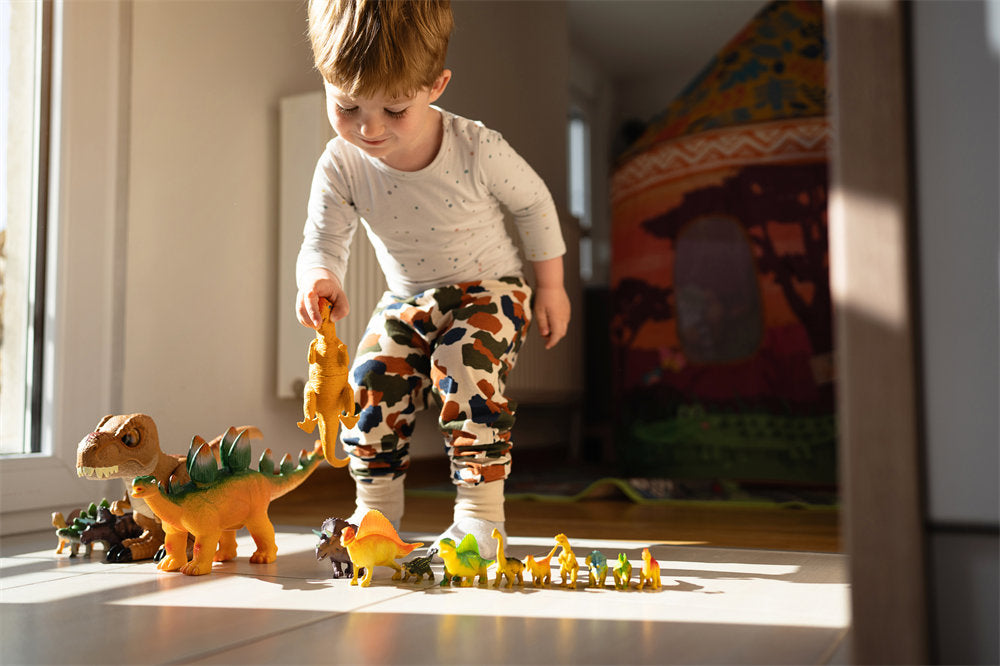
The more you tie into your child's interests, the more you'll excite them and build a foundation from which your child can reach out to related topics. For example, an interest in dinosaurs can reach fossils, paleontology, geology, meteorology, animal tracks, teeth, skeletons, sea shells, and maybe even archaeology or astronomy by extension.
All you have to do is answer questions and find a few books and activities that explore the answers to those questions. Sure, this may take you on a whirlwind tour of science museums, nature walks, and random holes dug in your backyard, but this is how children crave to learn.
Besides, what grade-school kid doesn't wish their school day looked like this?
For babies who haven't chosen an interest yet, provide a range of different toys, music, and stories. At this stage, parents are showing them what reality is and how it works while they develop and grow at an astounding pace. Before long, these babies will begin to fixate on things and show interest!
4. Allow for Independent Play
Self-directed play builds skills in independent decision-making and is, therefore, a pillar of the Montessori method. But it doesn't mean kicking your child outside or shutting her into her room for hours to entertain herself. Though kids in these situations certainly learn independence, the lack of structure is harmful.
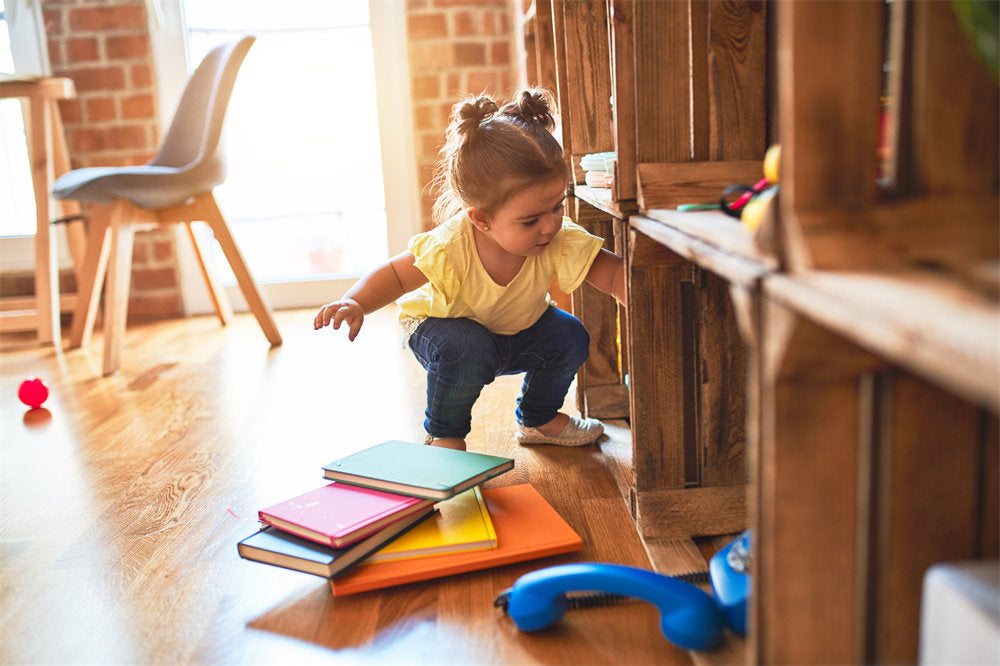
Instead, setting up activities and toys in a safe spot and letting your child have at it is more conducive to safety and learning because your child can involve you or ask questions as desired.
Moreover, playing with open-ended toys allows your wee one to engage her imagination, learn the crucial skill of entertaining herself, and build language and problem-solving skills. For more on the Montessori philosophy at home, read The Montessori Philosophy for Parents: Why It Works and How to Make It Work for You.
Montessori Activities for Home
There is a wealth of Montessori activities you can do with your child at home. But every now and then, you may get stuck in a rut and struggle to come up with ideas or plan ahead enough that you're not scrambling to keep up.
Here are a few additional ideas to keep things fresh and engaging for older kids and teenagers:
Start a sourdough starter and learn to make bread together
Learn a musical instrument
Hand-sew quilts and pillows for your home or gifts for others
Experiment with making soap or candles
Plant a garden
Do a woodworking project
Maintenance the car
Cook meals from around the world
Buy a STEM subscription for your child's age group
Work on a model kit
We shared lots of Montessori-inspired sensory activities for babies in Baby Sensory Activities: A Guide to Promote Healthy Development. Check it out!
5 Myths About Montessori at Home
The Montessori philosophy of education has gained a lot of steam in recent years, but there are some myths and misconceptions about Montessori at home that muddle the path to getting started.
Here are five common myths and facts about implementing Montessori at home to help you separate fact from fiction:
1. Montessori at Home Requires Expensive Materials
One of the biggest misconceptions about Montessori at home is that it requires expensive materials. Um, no. While some Montessori materials can be pricey, there are tons of activities you can do with your children with items you already have at home, like beans, rice, or buttons.

Additionally, you can make the things you need for some activities from inexpensive materials like cardboard, paper, or fabric. Check out 7 Unique Preschool Sensory Activities for Homeschool for some ideas you can easily do cheaply.
2. Montessori at Home is Only Possible for Stay-at-Home Parents
Sure, it could be easier to do Montessori at home if you were a stay-at-home parent. But it could also be more challenging because you wouldn't have a break from the kids enough to prepare activities!
Everyone has got their own unique challenges in time, energy, and creativity. Thus, anything you can do to work activities and learning opportunities into your daily routine as a family is perfect for Montessori at home. Here are some examples:
Share a fact about whales and show it during your child's bath time.
Talk about how yeast works and teach your child how to knead bread or feed a starter.
Teach your child which plants are weeds and which plants you want to keep in the flower bed and why.
Show your child how to fuel the lawn mower and talk about how it works before starting it and mowing the lawn.
Get water boiling, collect some ice, and pour a glass of water for your child to compare and ask questions about.
Pour flour on a cookie sheet and call out letters, numbers, or words for your child to write in the flour.
Pour some oil into water with food coloring and close it with a tight seal.
Show your child how suction works with a vacuum before letting your child clean the floors with it.
You get the idea: involve your child in whatever is going on at home. You can tell them something neat and turn them loose with it or let them observe for a while on their own before asking what they've learned.
Such activities can be accomplished whether you are a working or stay-at-home parent!
3. Montessori at Home is Too Structured
Some parents worry that Montessori at home is too structured and doesn't allow for enough free play. However, Montessori education is based on the idea of child-led learning, which means that your child should have the freedom to choose the activities they want to engage in.
Doing Montessori at home can involve a range of structures. Some activities will certainly require closer boundaries and supervision, like cooking, yard work, or certain sensory bin activities, while other activities will be more free, like stacking toys for one-year-olds, coloring, and open-ended play.
For some of the latter, the only boundaries will be what toys and activities are available or within reach. You can easily rotate these every few days to keep things fresh!
4. Montessori at Home is Too Time-Consuming
While it's true that Montessori activities require some preparation and planning, you can incorporate Montessori principles into your daily routines without taking up too much time. It will slow you down a bit, but the tradeoff is learning the way your child learns best, which is worth the extra time!
Now, the more elaborate activities you plan, the more time you will spend planning and preparing those activities. But this doesn't have to happen daily or even weekly.
Keeping a solid collection of Montessori-inspired, open-ended toys available, along with a few sensory bin ideas made of materials you already have around the house, will get you through most days. Having access to plenty of books helps, too!
If you've got a wee one to entertain, add these unique sensory activity ideas to your routine: 7 Unique Preschool Sensory Activities for Homeschool.
5. Montessori at Home Only Works for Young Children
Montessori education is effective for children of all ages, from infants to teenagers (and it's excellent for parents, too!). Simply adapt the Montessori principles to your child's age, stage of development, and interests.
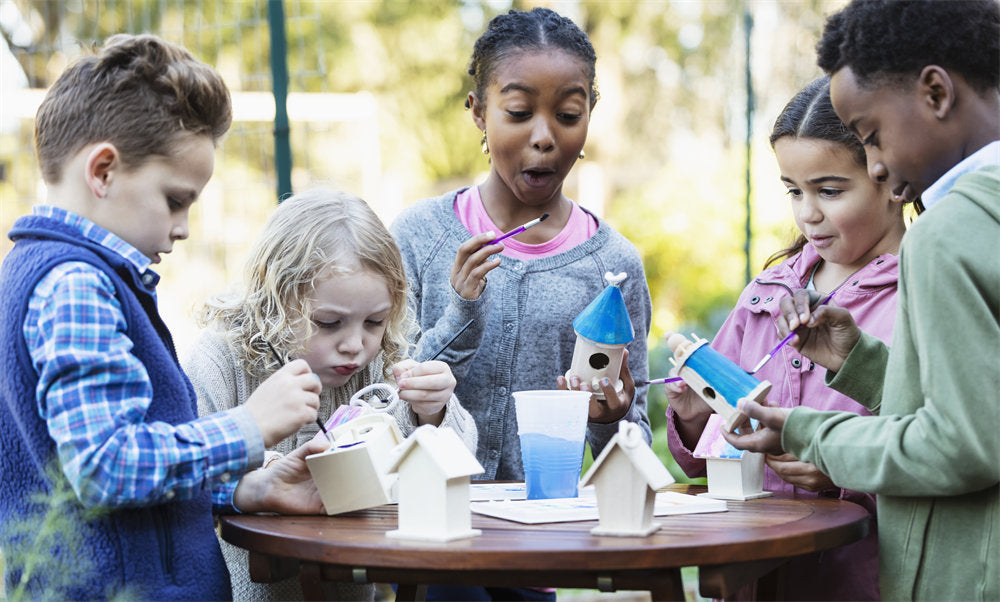
Another way to make Montessori at home work for all ages is to have days where kids of multiple ages come to hang out at your home for a Montessori day. The Montessori method is big on letting groups of children across multiple ages move freely between activities because it helps develop social skills.
Even better, little kids learn from older kids, and older kids learn to share with and teach younger kids--and that will all happen without much reffing from you if the rules and consequences are clear!
Curious about how this works out in step with your child's natural growth and development? Read 7 Things Every Parent Should Know About the Early Stages of Child Development for facts, statistics, and a nifty development chart.
In a Nutshell
Implementing Montessori at home can be a highly effective way to encourage your child's development and learning through play, practical life skills, and child-led learning. You've just got to set out and do it! And if you are already in the midst of doing Montessori at home, keep up the great work and enjoy it!

